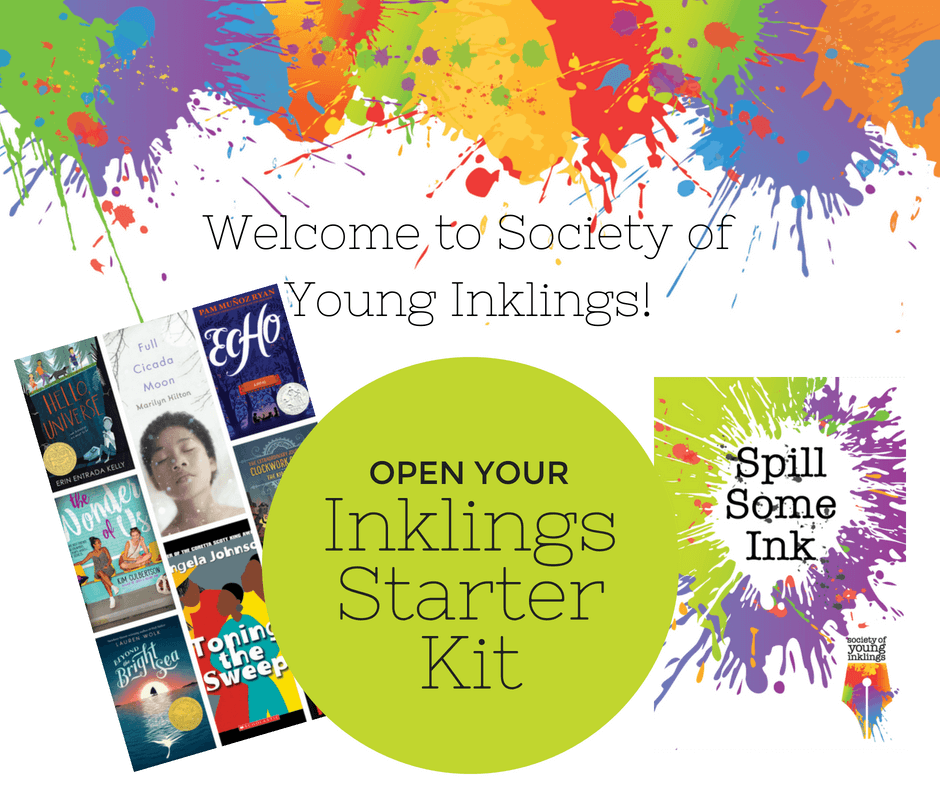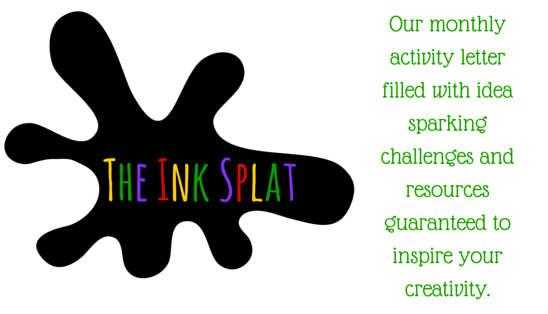
Writing Challenge
The October Writing Challenge gives you a great place to start with story ideas and structure:
- Draw a heart. Spend 5-7 minutes evaluating what might be inside your heart. What is bothering you? What is exciting you? What do you think about often? Write each idea or topic down as you think about it.
- Circle the ones that resonate the most..
- Choose one you are ready to explore.
- Use this topic to guide how you fill in the blanks below. Check out the example for guidance!
- After you fill in the blanks, you may be ready to begin writing and/or drawing your story.
If you are stuck on any answers, it might be best to choose another topic to explore. You can always go back to your original idea, and maybe, then, you’ll know how to fill in the blanks!
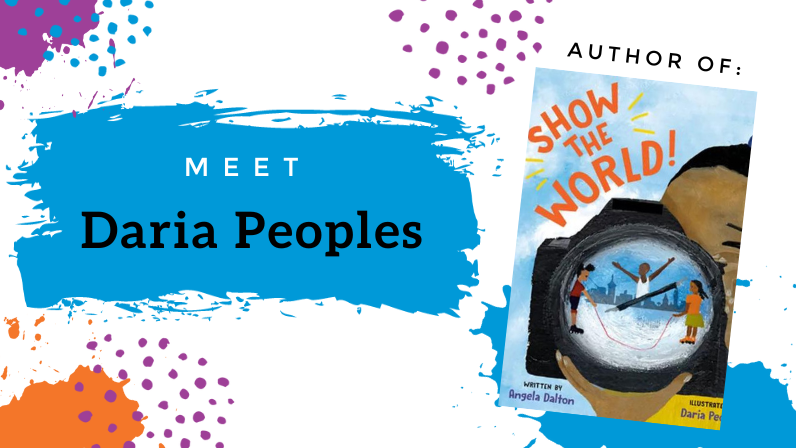
An Interview with Daria Peoples
When did you start writing, and what inspired you to write?
I didn’t really like to read when I was a kid. And I think the reason why is because I was more active; I wanted to be outside riding my bike, playing in the dirt. And reading required me to be still. At nine years old, my mom thought it would be a good idea for me to get a job in the library. I guess she figured, “She’ll find a book she likes eventually, if she works there.” But I always drew, and I liked to write songs, which was the beginning of writing poetry. I do have some early stories that I wrote, which were mostly adaptations of fairy tales, but, professionally, I really started reading my senior year of high school, freshman year of college, and I believe that that’s when the imprints and the foundation of writing really began to be established for me because I had so many wonderful mentor texts that I was reading in college. And for the first time, I was able to see representation of myself in books. But I think the thing that it taught me the most was how to analyze literature and how to think about narrative from the inside.
My first book came out in 2018, and that was inspired by my daughter, who was a dancer. I don’t know anything about dance. I was a basketball player, I played softball. So when I had a daughter who loves dance, I didn’t feel prepared for that. And I thought, “You know what, one day she’s going to have an audition that’s going to mean a lot to her.” So I went home, and I wrote her a poem. And my plan was to give her this poem on her first audition. I just tucked it away in my drawer; I never thought that it would be a picture book. But I took an art class, a picture book class online, and I started illustrating it and it became my very first book. My second book was I Got Next. Because my first one was inspired by my daughter, I had to tell my son that the next one was inspired by him. He likes to play basketball, and so we had that in common. But a lot of times, I was the only girl on the basketball court. And for him, he was really good at a young age, and he was always the smallest one. There’s this thing where your team is supposed to play next, so you say, “I got next,” or “we got next.” And that’s really intimidating when either you’re the only girl or you’re the smallest one out there because they try to try to bombard you and say, “No, you’re too little to play,” that sort of thing.
Next I illustrated a book about Gloria Steinem, which was really fun. And then I wrote and illustrated America, My Love, America, My Heart. And I learned in that book how to turn something negative into something that could be teachable, inspired by the first time I experienced racism when I was six years old. And I wanted to help children who may have experienced that, or have friends that have experienced that, to know how it feels and the emotional narrative that we go through. My last book, I illustrated Show the World! by Angela Dalton, a really fun book about all the creative things that we can do. There’s a writer, and there’s a painter. And the main character is a photographer.
What are some good questions that writers can ask themselves in order to celebrate diversity in their work?
The very first question that any writer should ask themselves is, “Should I be writing this story? Is it my story to tell?” And I think that the test to answering that is, “Do I have enough lived experience in my background to create an authentic voice for this character? Or am I a member outside this group trying to write a story that’s inside the group?”
It’s not necessarily that you shouldn’t be writing the story, but what is the perspective from which you’re writing the story? If you want to tell a story that is very close to a diverse character, what is part of your lived experience? Can you incorporate that instead of trying to incorporate somebody else’s lived experience? And any good writer should ask themselves, “Are all my characters fully developed representations of real authentic people?” And I think the other question we should ask ourselves is, “Do I have any blind spots that would prevent my work from being anti racist? Or anti-anything that would prevent writing a story that is sympathetic and empathetic to readers from that group. Do I have a clear understanding of what I might have gotten wrong?” Sometimes we need sensitivity readers because those are people who can help you see the blind spot in your writing.
How do you find time to write alongside other commitments?
I heard somewhere that the thing that you love to do or you dream, you should prioritize it so that it comes before anything else that you do. I teach every day from 11 to 3. So, for me, I have to do my writing and drawing before and after that. I usually wake up really early in the morning to get it done, like five in the morning. I have a cup of coffee or caffeinated tea, and I get up at five to make sure that I get it in before, and I’m a happier teacher, because now I’m making art with my students, but I’ve already made art for myself. And then when I get home, I’m excited about getting back to it and starting where I finished. I schedule the time to work on my writing and my illustrating, and I treat it as I would treat a best friend. If you cancel on your best friend, that makes you feel really bad. And after a while that best friend is going to be like, “Oh, wow, you’re really shady. I don’t know if we could be best friends anymore.” And so that’s the way I approach my work: I try to honor it by showing up for my scheduled time.
What’s been your biggest challenge, and how did you tackle it?
My biggest challenge in my career was that I didn’t go to art school. I felt like everybody who did what I did had this big fancy art degree; they could talk about art using all the right terminology. And I felt very unequipped in that area. The way that I overcame it was, when I realized that there was no way I could go to art school, it just was not feasible for my life, I began to approach it from a very unconventional point of view. I just did the things that I could do. And I started practicing drawing and one thing led to the next and the next. I think the perseverance of that taught me a lot. There’s a purpose in the deficit that we might have because I might not continue to work so hard if I did have a big fancy art degree.
If your writing flow was a color, what color do you think it would be?
Green, because it keeps growing. It grows through my revision process. I revise in this circular, spiraling-up kind of way. And so I would say green; it flows green because it grows.
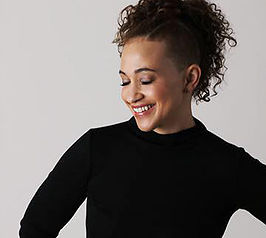
A special thank you to Daria Peoples for sharing with us! Read more about Daria and her work @ https://www.dariapeoples.com/
Daria’s debut picture book THIS IS IT was published with Greenwillow/HarperCollins (February 2018) and I GOT NEXT (July 2019). Daria is also the illustrator of GLORIA TAKES A STAND by Jessica M. Rinker, a picture book biography about the life and work of Gloria Steinem (Bloomsbury, March 2019) and SHOW THE WORLD by Angela Dalton (Viking, March 2022).
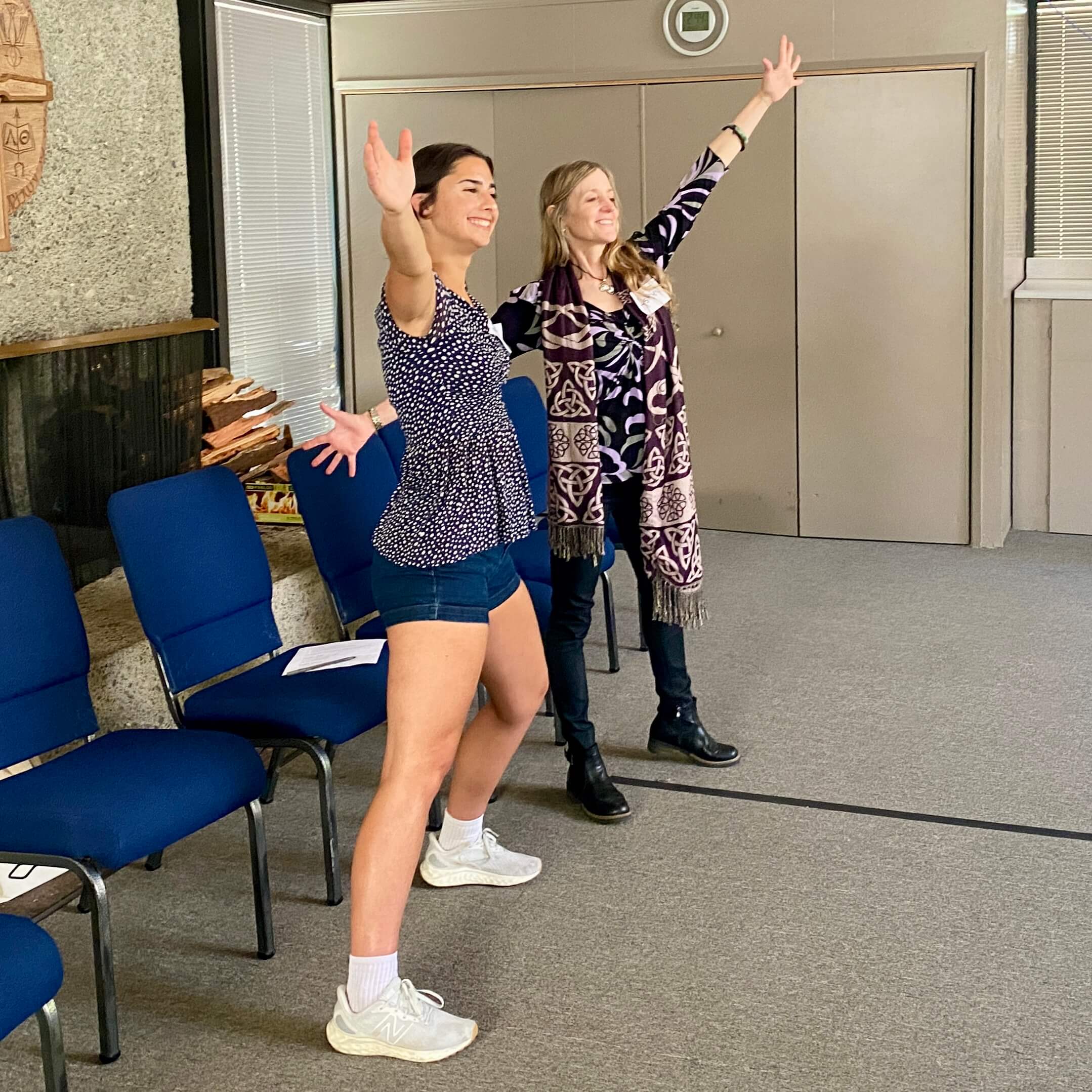
INKLINGS CONNECT
THE WAY WORDS MOVE US
Join us September 13 and 14 in Portola Valley, CA for our 2nd Annual Inklings Conference!
Featuring a keynote with author Joanna Ho, this conference includes creative writing breakout sessions in our beautiful redwood grove, workshops on using improv to step into a character’s shoes, experiments in word play, a storytelling workshop, and reflective writing to tap into your unique voice.
Keep your creativity flowing with our upcoming events!
JULY
- 7/22-25: Make Your Scenes Sparkle Summer Camp
- 7/22: Author Interview with JR Potter (Inklings Membership only)
AUGUST
- 8/6: Author Interview with John Hendrix (Inklings Membership only)
- 8/15: Teen Spilling Ink Writing Workshop (Inklings Membership only)
- 8/26: All Ages Spilling Ink Writing Workshop (Inklings Membership only)
SEPTEMBER
- 9/3: All Ages Spilling Ink Writing Workshop (Inklings Membership only)
- 9/8: 2024 Inklings Book Release Party (Online)
- 9/13-14: The Way Words Move Us Writing Conference in Portola Valley, CA
- 9/19: Teen Spilling Ink Writing Workshop (Inklings Membership only)
- 9/23: Author Interview with Roshani Chokshi (Inklings Membership only)
SPARK YOUR CREATIVITY!
